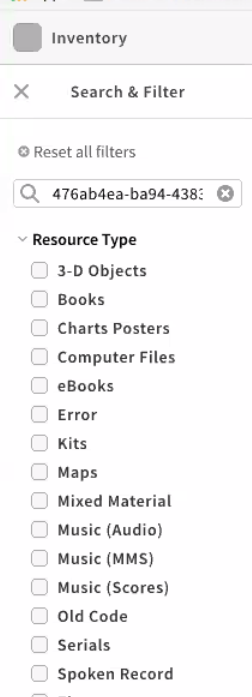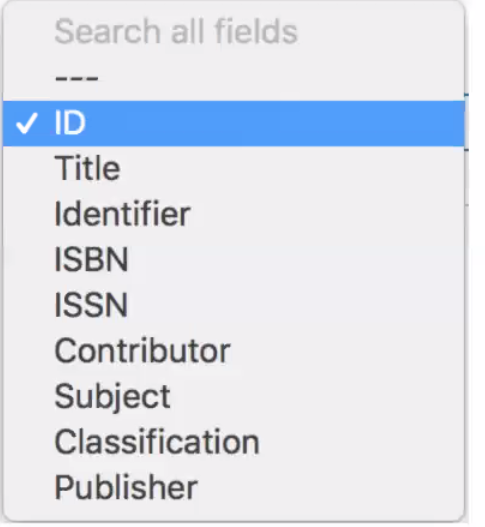2018-02-08 Metadata Management Meeting Notes
Date
Attendees
Lisa McColl McColl
- Former user (Deleted)
- Michael Winkler
- Felix Hemme
- Wayne Schneider
- Alice Krim
- Laura E Daniels
- Marc Johnson
- Natascha Owens
- patty.wanninger
- Former user (Deleted)
- Ann-Marie Breaux (Deactivated)
- Damian Biagi
- patty.wanninger
- Ann-Marie Breaux (Deactivated)
- Dennis Christman
Goals
Discussion items
| Time | Item | Who | Notes | ||||||||||
|---|---|---|---|---|---|---|---|---|---|---|---|---|---|
| Product Council update |
| ||||||||||||
| Forum facilitators update / linked data WG update / any other announcements |
| ||||||||||||
Resource/Format WG update | notes from 2/5 meeting: https://docs.google.com/document/d/1QrIzSgMOAMEeafXlGjVf5LjdDjqmDbB38LxHBQOddtc/edit Recommendation from WG to MM-SIG for discussion: Add Instance "Issuance" (element name TBD) metadata element to convey seriality of the instance. Content for element = distinct, integrating, continuing, (collection?) - are there others?
"In case this is helpful, terminology from RDA: mode of issuance▼: A categorization reflecting whether a manifestation is issued in one or more parts, the way it is updated, and whether its termination is predetermined or not. And
| ||||||||||||
| Inventory app discussion |
Discuss requirements for Searching and filters: https://docs.google.com/spreadsheets/d/1ubVlAvZ8PKgKtQ7sOqpmqR3T2xidP0uYJdP9UzRJsbk/edit#gid=952741439 Marc Johnson - Discussed and demonstrated the Inventory Search. Wayne said they concluded that a "type ahead" search would not work across all three types of records. Charlotte - In Google Spreadsheet - which search criteria would we want? Wayne - Important in search across multiple fields to weight fields with respect to relevancy. At what point will we address this? At the moment there is no relevancy weighting in the Inventory Search results at all. Charlotte - Will follow up on when to add that complexity. FOLIO identifier is a "UUID". There are two different identifiers: Inventory and the ID for the eholdings, which at this point is coming from the Knowledge Base system. Natascha wondered what will happen with our current identifiers, which will continue to be useful. Lynn and Wayne verified that there is room made for various types of identifiers. When searching for identifiers in the inventory, these are associated with bibliographic record. However, the capability to search by other identifiers like item id should be there. Discuss what data do we want to make searchable, and do we want to have an advanced search option. Charlotte and Lynn asked for feedback on what could be searched in the Codex Search. Include use cases when
Current list: Does anything need to be added? Subtracted? Note that this cannot be an exhaustive list. 2. Feedback on Faceting What elements could be faceted against? Anything that is a distinct value that has a controlled vocabulary. Filtering (predefined criteria) vs. Faceting (a set of value that are derived from the search results) 3. Feedback on Advanced Searching | ||||||||||||
| Codex search demo |
Charlotte is putting up a Discuss post that will have screenshots. Elements of Codex Search Search & Filter pane
Results Pane
|


